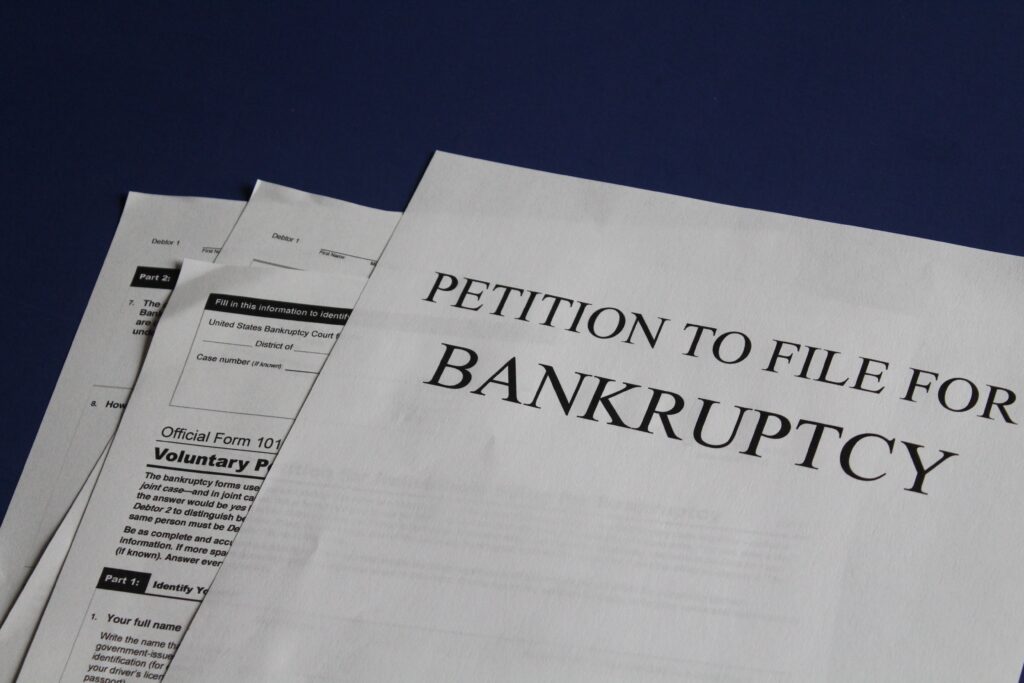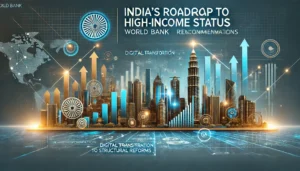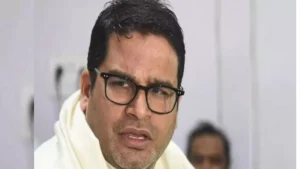Insolvency and Bankruptcy Code 2016 (IBC Code) has been made in 2016 to consolidate existing framework in this arena by creating a single law for Insolvency. Insolvency and Bankruptcy Code recommends two separate tribunals to supervise the insolvency process.
- National Company Law Tribunal (NCLT)
- Debt recovery Tribunal (DRT)
NCLT is for companies and limited liability partnership (LLP) and DRT is for individuals and partnership.
Time Period
Time period for completion of case has maximum limit of 330 days (including extension and litigation period ) under the Insolvency and Bankruptcy Code.
What is insolvency
Insolvency is a state, when an individual or an organisation is unable to meet its outstanding financial dues towards its lender when it becomes due.
Difference between insolvency and Bankruptcy
- Insolvency is a state of financial problem in which an individual or a compay is not able to pay the debts when they fall due for repayment. While, Bankruptcy is a legal declaration by the court, on the failure of the insolvency resolution process to settle the debts of the person.
- Insolvency may be temporary and the starting stage defines the incapability to clear dues, whereas bankruptcy is permanent and the final stage, wherein the assets of the individual are sold to recover the debt.
- Insolvency is not the final stage, however, bankruptcy is the final stage.
- Insolvency is non-voluntary, it takes place with the mismatch in the cash inflows. While, bankruptcy is voluntary in nature, i.e. debtor can file a petition to the court declaring himself as insolvent.
- Insolvency can be reversed by reducing cost, selling assets at reasonable prices, raising finance, negotiating debt, and getting acquired by a larger corporation. In contrast, once the bankruptcy is declared, there is no going back.
- Insolvency arises when the value of assets owned by the individual or company is less than the value of its liabilities. As against, bankruptcy arises when it remains untreated for the long term.
- While insolvency implies a state of economic distress, bankruptcy is a conclusion. A person who is bankrupt is conclusively insolvent, but all the insolvent persons are not bankrupt. That is to say, the situation of insolvency can be resolved, by following the mechanism as per the code. But if the resolution mechanism fails, it amounts to a liquidation process (in the case of corporates) and bankruptcy process (in the case of individuals).
- Insolvency happens in the case of individuals and companies, whereas bankruptcy takes place in the case of individuals only.








